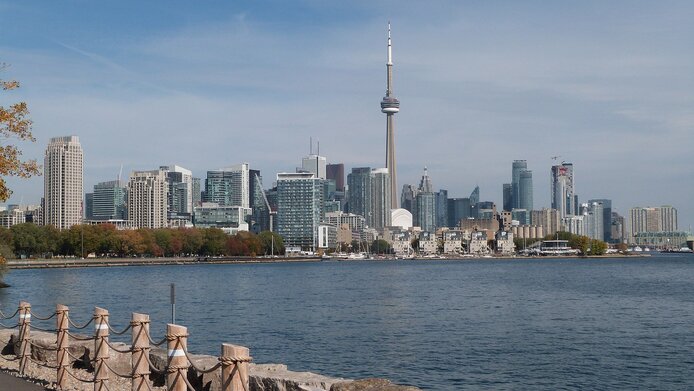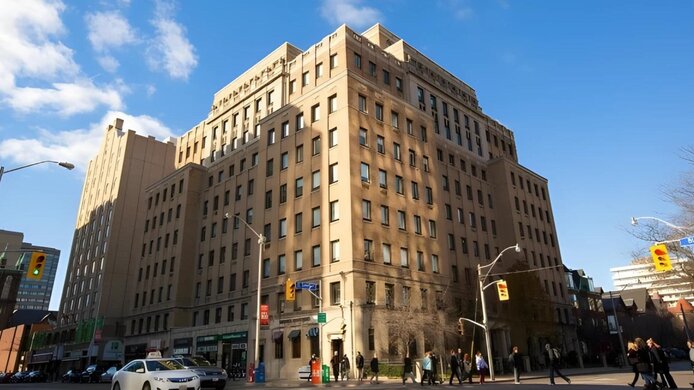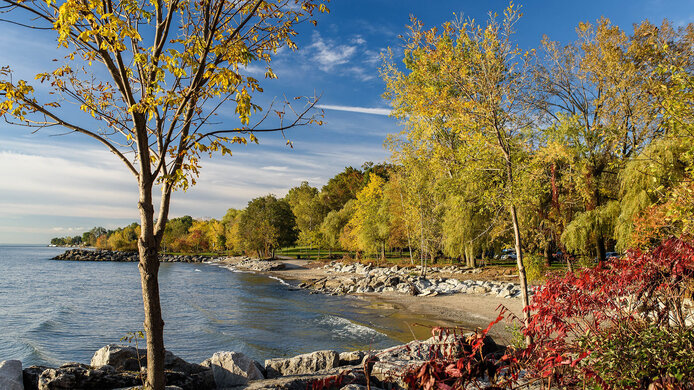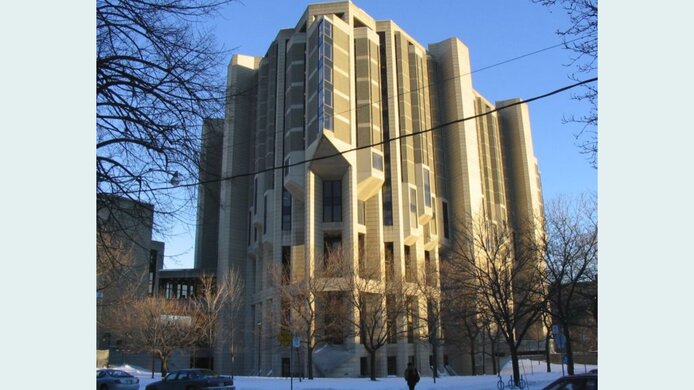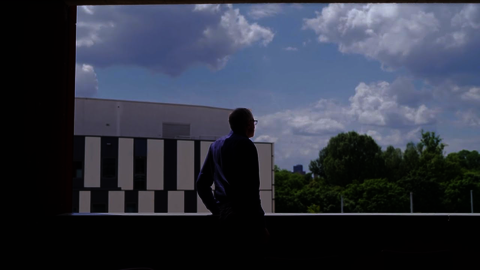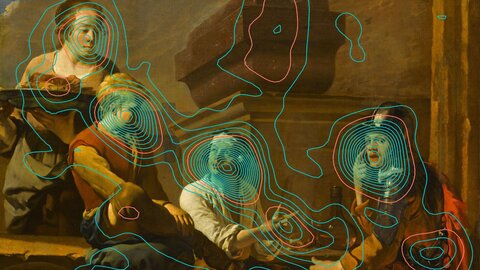Lessons for today from the history of philosophy
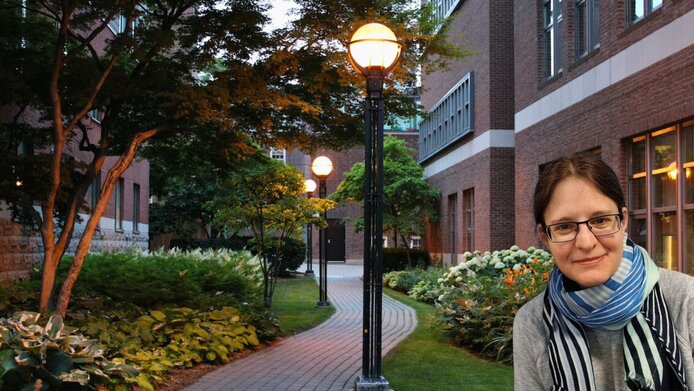
My research focuses on the transition from medieval philosophy to the early modern period. This phase is characterized by the rise of mechanism, the Reformation, and the early days of the Enlightenment. Here, the human being as an individual becomes particularly important, but at the same time is absorbed into the metaphysical system of the greater whole. Specifically, my project deals with the question of how individual bodies can be thought of in early modern rationalism. How must they be constituted and composed in order to be understood as single units?
So it's fitting that I can now add the question of whether something similar might apply to other “subjects,” such as research fellowships. This question turned out to be much easier to answer, as I have discovered. The findings of my field study are clear: A Schrödinger Fellowship abroad can easily be made up of two different destinations abroad, forming a single unit. The first half, which I have just finished, took me to Canada to the University of Toronto. I am writing these lines in the first few days after my arrival in Berlin, where I am completing the second part of my Schrödinger Fellowship at the Humboldt-Universität zu Berlin (HU).
Where worlds come together
My research project is at the intersection of medieval and early modern philosophy. While there are many good places to study one or the other, few universities are as broadly positioned academically in both fields as the University of Toronto and the HU. Of course, there was more to the choice of location than just expertise: Toronto and Berlin also have excellent libraries and feature diverse and lively academic exchange in the form of events, colloquia, seminars, and the like, where even guests at the university are always welcome.
How motivation encourages resilience
This expertise available abroad was certainly one of the motivations for submitting my application. And this motivation was important, because moving to North America is not necessarily the easiest thing in the world. The Department of Philosophy in Toronto provided plenty of advice and support, but it can take months to apply for and obtain a visa, plan the trip, and pack up your life. Also, as it is neither cheap nor quick to get from Austria to Canada, for a year I had to maintain most of my private and academic contacts primarily by video phone and writing letters.
Due to my short time here, I can't report much about Berlin yet, although I do miss the Canadian weather a little. At times, I was exposed to winter temperatures of minus fifteen degrees Celsius and masses of snow. As all this snow had nowhere to go on the streets of Toronto, it remained piled up on the sidewalks, making my commute to the office feel like a snowy hike through the Alps. To compensate for these inconveniences, the weather in Canada is generally stable and predictable.
Robarts Library and Umberto Eco
The fact that I was able to find an apartment near the St. George Campus turned out to be a stroke of luck. The University of Toronto consists of three campuses and only St. George, the largest and oldest of the three, is located in the city center. Otherwise, I would probably have found it difficult to get to the places where I spent most of my time, especially in the winter months: The Jackman Humanities Building, where my office was, and Robarts Library. The latter is affectionately known as “Fort Book” due to its architectural style and was – at least according to rumor – the inspiration for the monastery library in Umberto Eco's novel The Name of the Rose, a large part of which is said to have been written in this very library.
However, I can confirm with certainty that due to its unique structural and interior design, it certainly lends itself to getting lost. I have had the opportunity to confirm this many times and the result was always the same: It’s easier to get in than out. But I never did find any forbidden books.
